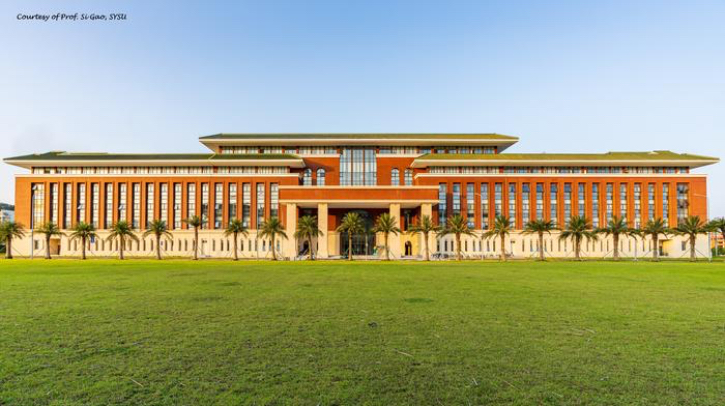Scientists at Sun Yat-Sen University have developed SYCIM2.0, an Earth system model built for climate simulation. A description of SYCIM2.0 has been released in a paper published in Advances in Atmospheric Sciences.
Key components
Developed in partnership with Tsinghua University – whose homegrown coupler technology, C-Coupler3, forms the backbone of the system – SYCIM2.0 brings together three advanced components. The first is an ocean–sea ice model (FVCOM). Second is an atmospheric model (GAMIL3). The final component is a land surface model (CoLM2014).
According to the researchers, what makes the system stand out is its use of a non-structured ocean grid, which gives the model the flexibility to zoom in on complex, climate-sensitive regions like the Indo-Pacific and coastal East Asia – areas that are often underrepresented in older models.
Functions
One of the major goals of SYCIM2.0 is to offer ‘seamless’ climate prediction, meaning it can simulate everything from daily weather events to long-term climate trends using the same framework. In a 250-year baseline test, the model reportedly showed impressive stability and energy balance, keeping global temperatures and radiation levels in check.
In terms of accuracy, SYCIM2.0 closely matches real-world patterns of sea surface temperature, rainfall and wind circulation, especially in East Asia and the equatorial Pacific. The team asserted that the model significantly reduces the double ITCZ issue and does a better job of capturing the timing and structure of the summer monsoon. The model also reflects the complex relationship between the monsoon system and ENSO (the El Niño–Southern Oscillation) for extreme weather predictions.
However, SYCIM2.0 still shows a slightly weakened and eastward-shifted version of the Western Pacific Subtropical High. Nevertheless, researchers have already identified this issue, and future improvements are planned. The model has a modular design and flexible architecture to ensure it can evolve with new data, physics or technological upgrades.
In related news, by combining physics-based data with generative AI tools like DallE, computer scientists at the University of California (UC) San Diego and Allen Institute for AI recently created a climate model that is capable of predicting climate patterns over 100 years 25 times faster than existing state-of-the-art models. Click here to read the full story.



